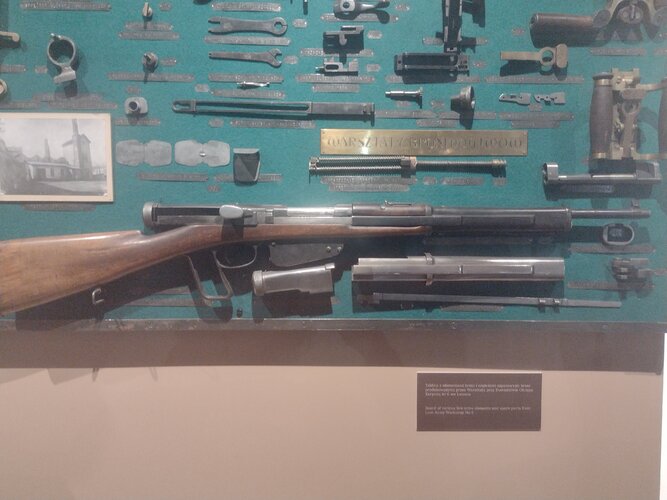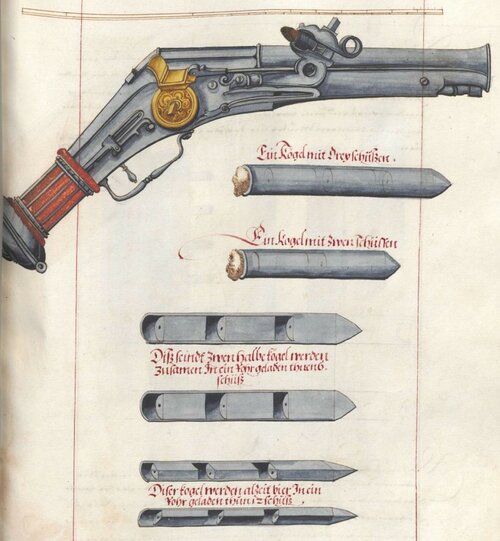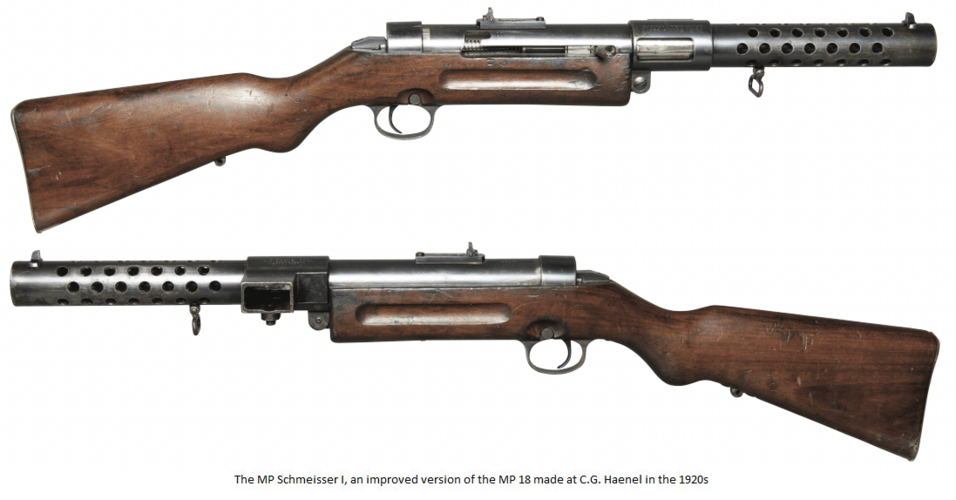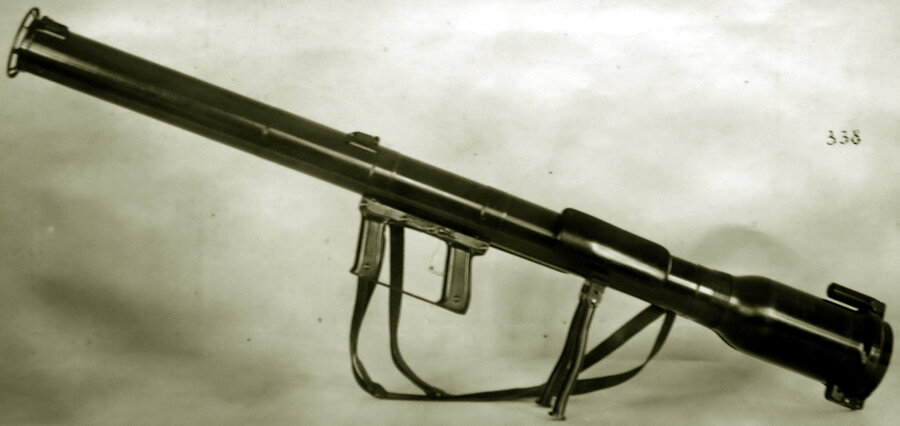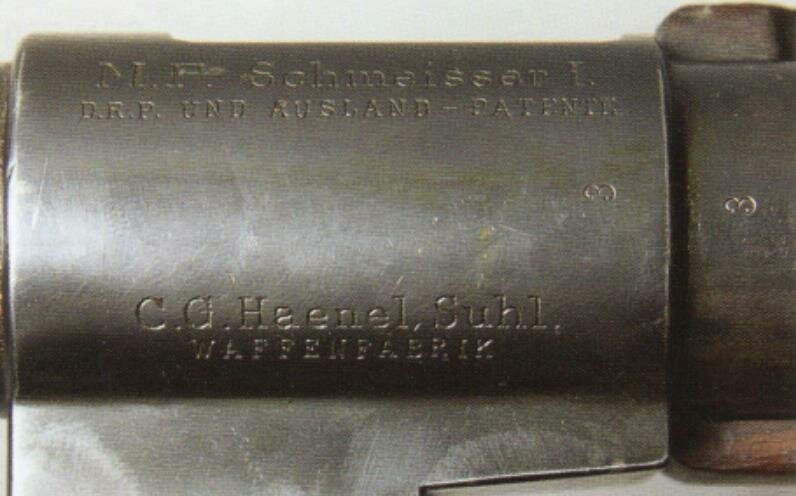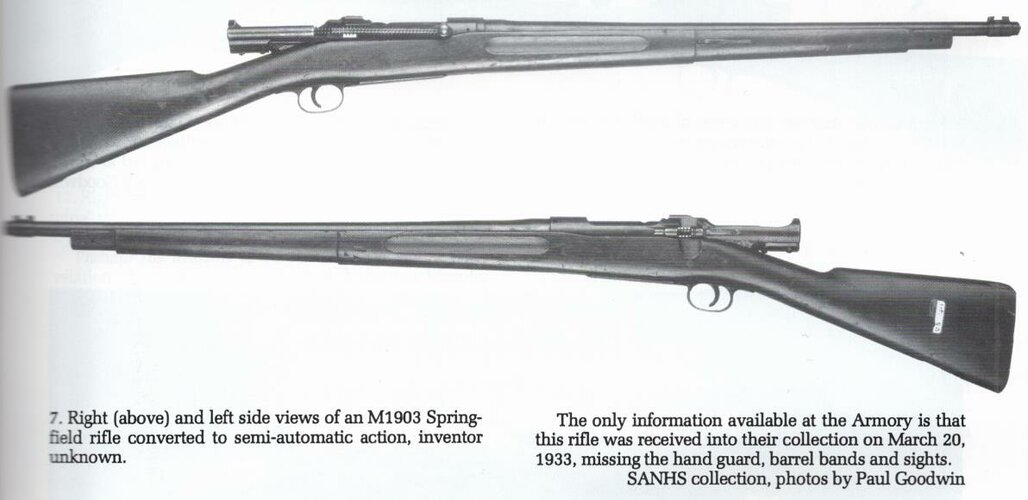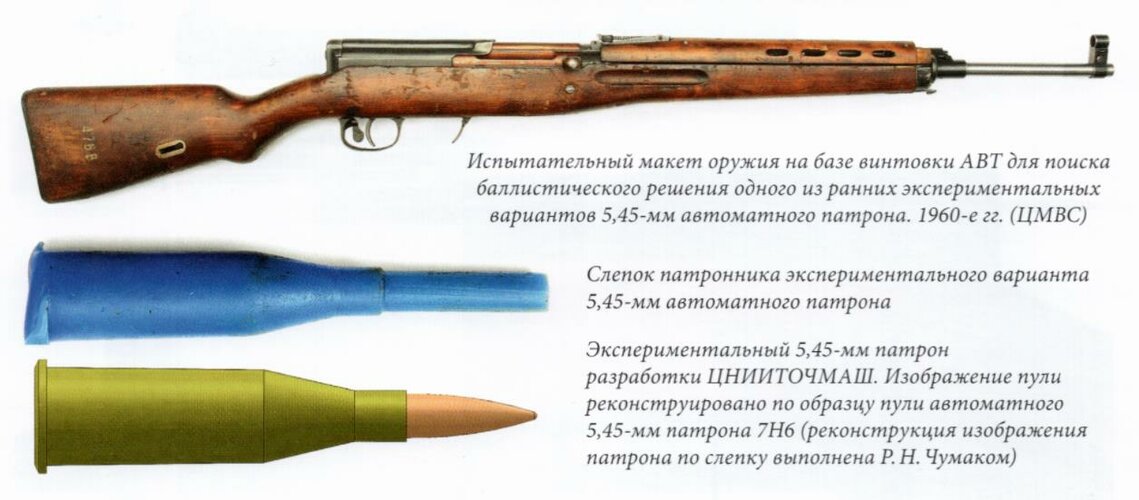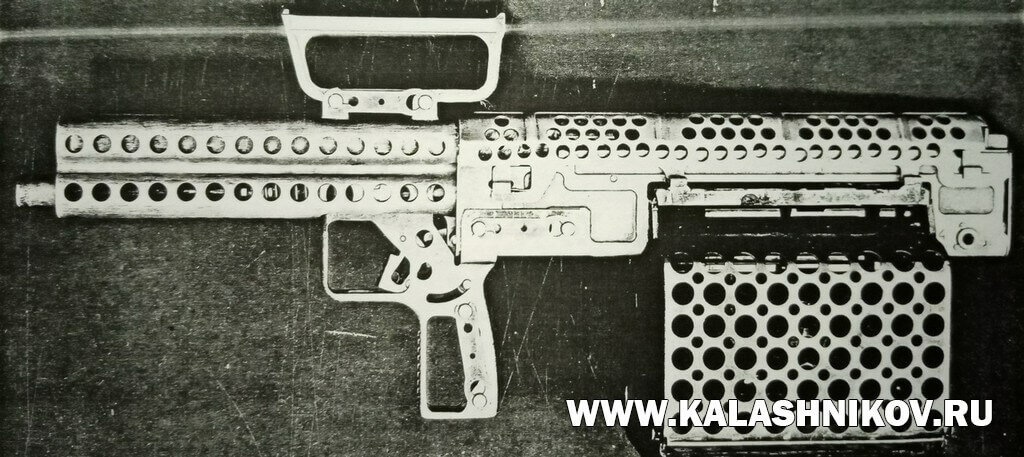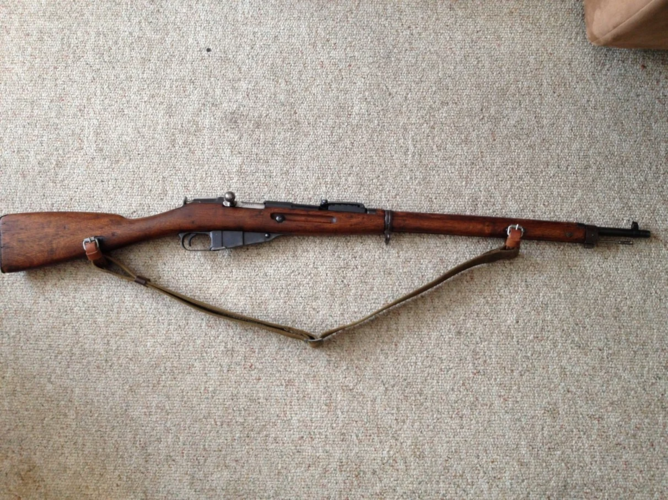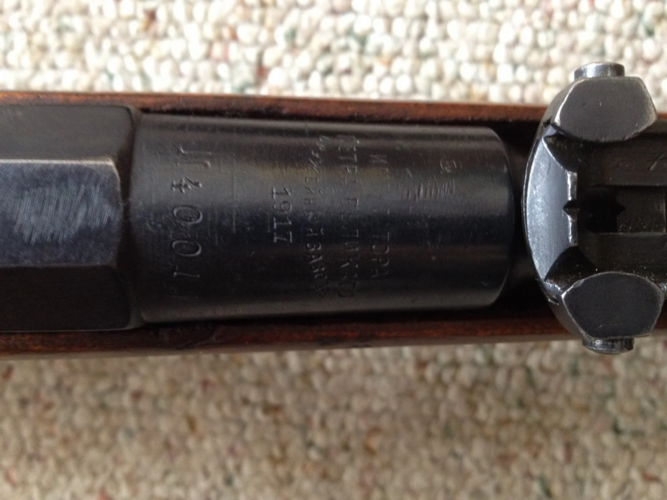- Joined
- 25 July 2007
- Messages
- 4,299
- Reaction score
- 4,193
Fusil ametrallador Trapote de España
This is the Fusil ametrallador Trapote, modelo 1933 chambered for 7x57mm Mauser.
A little potted history: It is a bit blurry but the story seems to rest on Spanish officialdom being unhappy with the outcome of a 1927 competition to replace the Ejército's FA Hotchkiss Mod II m/25 light machine guns. That contest was won by established arms-maker Astra with its Fusil ametrallador Astra-Unión, modelo 1927. But government industrial policy favoured alternative manufacturers.
Result was an order for the FA Trapote m/33 to be produced by Fabrica de Armas de Oviedo in Asturias. These gas-operated weapons were made to a patent by artillery officer Andrés Trapote. A gas regulator allowed rate of fire to be easily adjustable between 60 and 650 rpm. Worn barrels could be replaced in the field without special tools. The gun was fed by box magazines (of 15 or 20 rounds used with a cartridge charger) but these proved to be dirt traps and difficult to clean. The side-mounted box magazines also shifted the balance of the weapon as rounds were depleted. Measuring some 1.18 m in length and weighing 9.2 kg empty, only ~400 x FA Trapote m/33 were completed.
Official reviews of the weapon and its procurement history were ordered in 1933. As Minister of War, future president of the Second Republic Manuel Azaña, reviewed the reports on the Trapote machine gun. He found little clarity in these reports and concluded that the Artillería favoured the Trapote in support of one of their own but stopped short of fully endorsing the weapon. That suggested to Azaña that the Artillería was quite aware of the Trapote's limitations. In any case, the FA Trapote m/33 seemed to offer little in the way of advance over the FA Hotchkiss Mod II m/25 it was meant to replace.
On example of the FA Trapote m/33 is preserved example at the museum of the Spanish Army Academy of Artillery in Segovia.







